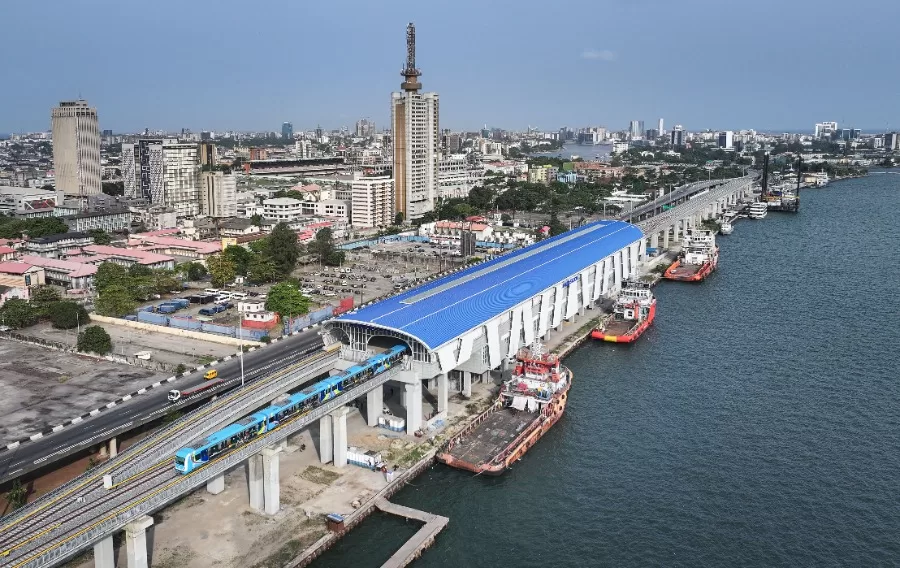The Lagos State Government will begin construction of the Green Line Rail project before December 2025. The ambitious 68-kilometre rail line, set to run from Marina to the Lekki Free Trade Zone, is expected to ease traffic, promote development, and enhance connectivity across the city.
Project factsheet
-
Name: Lagos Rail Mass Transit (LRMT) Green Line
-
Route: Marina to Lekki Free Trade Zone
-
Length: 68 kilometres
-
Stations: 17 (with proposals to expand to 29)
-
Cost: $3 billion
-
Start date: Before December 2025
-
First phase endpoint: Sangotedo
-
Target completion (Full line): Within five years (depending on funding)
-
Speed: Up to 100 km/h
-
Capacity: 35,000 passengers per hour per direction
Transport Commissioner Oluwaseun Osiyemi confirmed that the state would deliver on its promise to begin work this year. He advised road users to prepare for some traffic disruption during construction and appealed for public cooperation.
Green Line Rail project seen as game-changer for development and traffic relief in Lagos
The Green Line Rail project is more than just a traffic solution. According to Oluyinka Olumide, Commissioner for Physical Planning and Urban Development, it is a gateway to creating new development hubs across the state. He described it as a “game-changer” that will encourage transit-oriented development, especially in underdeveloped areas like Ibeju-Lekki, Epe, and Eti-Osa.
The Green Line will share an interchange at Marina with the existing Blue Line. The route will pass through several busy corridors, including Walter Carrington Avenue, Ozumba Mbadiwe, Ajah, Sangotedo, and Ibeju, before reaching the Lekki Free Trade Zone.
Lagos residents are eager for relief, especially with daily gridlocks common along the Lekki-Epe Expressway and other key roads. With rising urban population and limited road expansion space, the rail offers a more reliable mass transit option.
READ ALSO: The Lagos Green Line Project
Experts raise concerns over Lagos Green Line Rail design, warn of costly capacity missteps
However, experts have voiced concerns over the design. Independent researcher Tonami Playman and urban planner Hannah Kates argue that station spacing is too wide in crucial areas like Victoria Island and Lekki. They propose adding more stations, which would cost an extra $240–360 million but significantly increase ridership.
Playman also questioned the use of 8-car trains, suggesting 10-car sets would better serve future demand. He warned that underestimating capacity could mirror costly errors seen in cities like Shanghai.
Despite the criticisms, the project has been welcomed as a bold step forward. If completed as planned, it could carry over 500,000 people daily and significantly reduce commuting times. In the words of Commissioner Olumide:
This is not just about rail. It is about shaping the future of Lagos.

